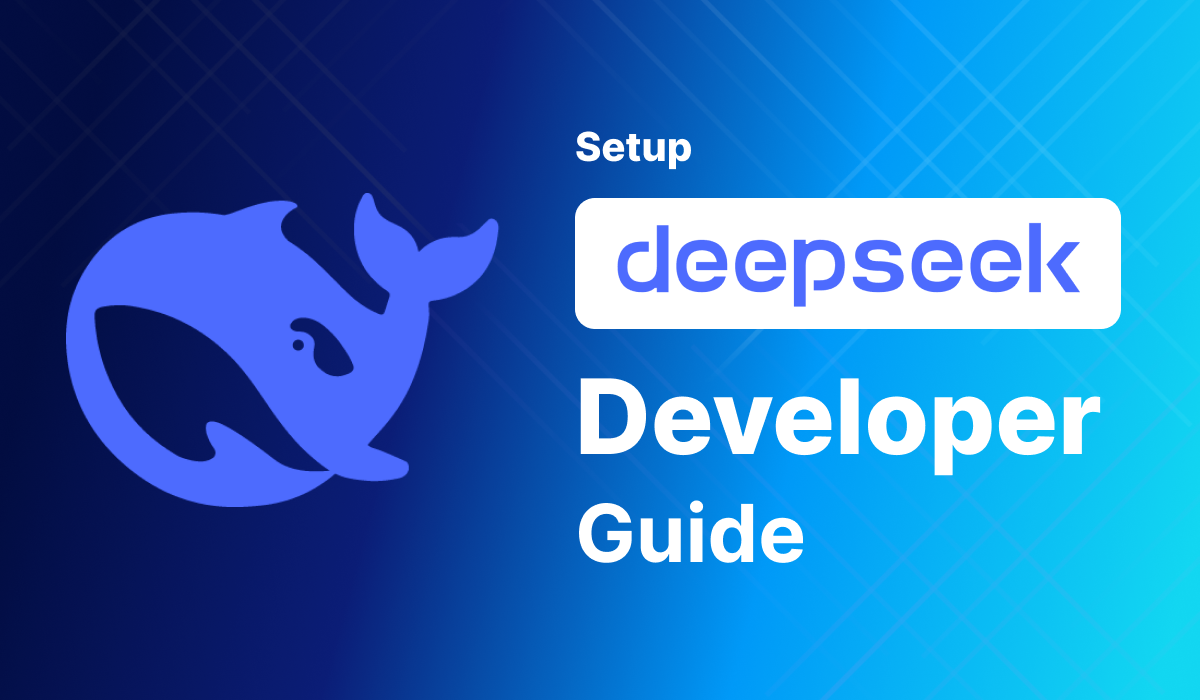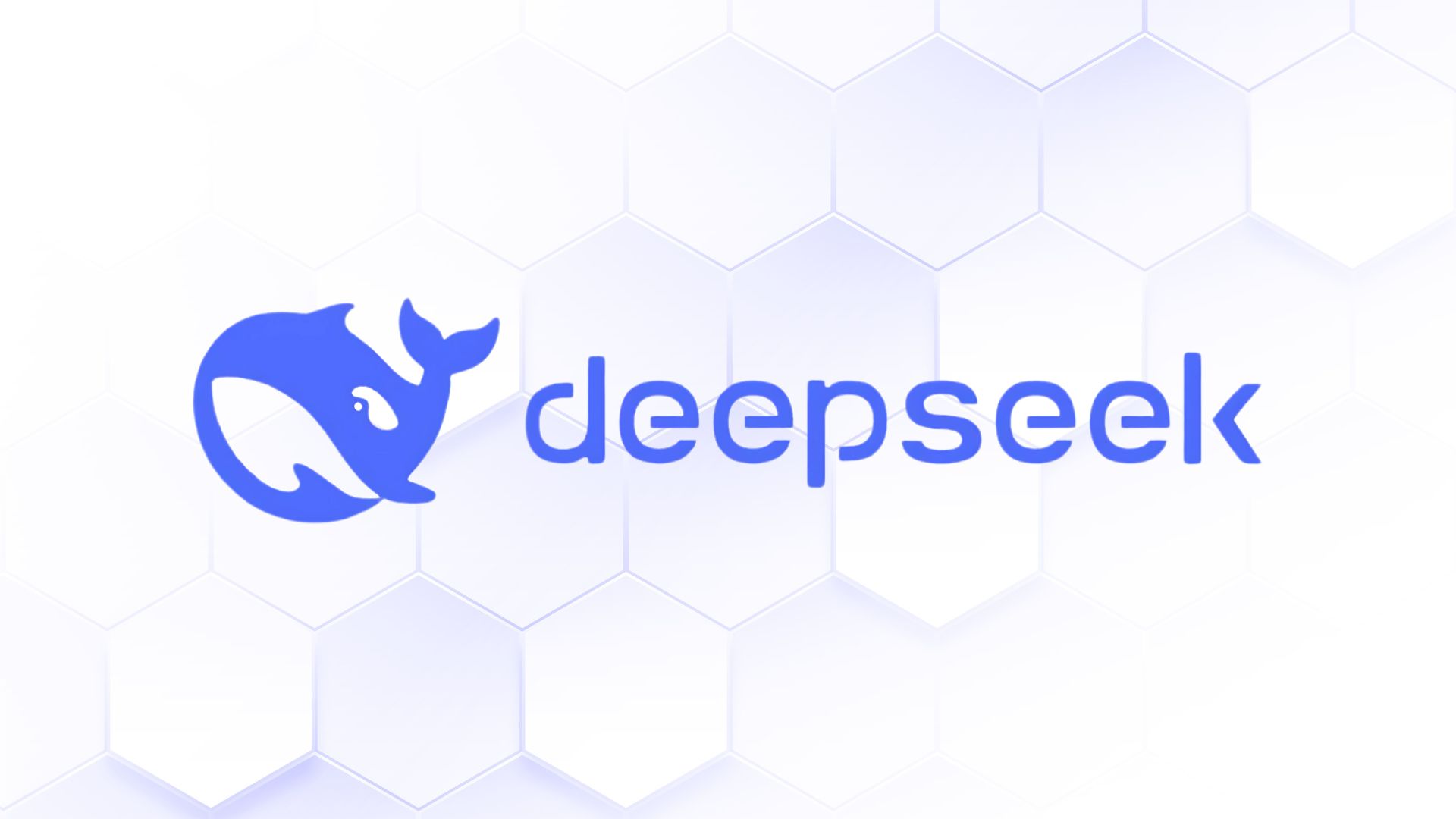DEEPSEEK AI
In 2025, the field of artificial intelligence is witnessing a dramatic shift. DeepSeek AI, a relatively young Chinese startup, is changing the world by developing highly efficient generative AI models at a fraction of the cost of established competitors. With its flagship model, DeepSeek‑R1, the company is not only matching the performance of high-cost models like OpenAI’s o1 but is also democratizing advanced AI through an open-source approach. This breakthrough is redefining expectations in the tech industry, impacting global markets, and offering actionable insights for researchers, investors, and policymakers alike.
Introducing DeepSeek AI
DeepSeek AI is a breakthrough Chinese startup founded in 2023 in Hangzhou and led by CEO Liang Wenfeng. The company emerged from the world of quantitative finance—backed by the High‑Flyer hedge fund—to pursue a lofty mission: to accelerate progress toward artificial general intelligence (AGI) while keeping costs low and technology accessible. DeepSeek distinguishes itself by focusing on foundational research and by adopting an open‑source philosophy. This means that not only are its models available for free commercial and academic use, but its training methods and research papers are also fully transparent. This open approach enables global collaboration and fosters rapid innovation, thereby challenging the traditional high‑cost, proprietary systems favored by many Western tech giants.
The DeepSeek‑R1 Model: What Sets It Apart
At the heart of DeepSeek’s rapid rise is its groundbreaking R1 model, which has taken center stage as a versatile, efficient language model capable of handling complex tasks. DeepSeek‑R1 is built on an architecture with 671 billion parameters in total, yet it activates only about 37 billion parameters per query. This selective activation, driven by a Mixture of Experts (MoE) design, allows the model to achieve competitive performance while using far less computational power than its rivals. Remarkably, DeepSeek claims that training the R1 model cost only about $5.6 million—a stark contrast to the hundreds of millions or even billions typically invested in similar models by companies like OpenAI. Moreover, the R1 model is released under an MIT license, which makes it fully open source and accessible for anyone to use, modify, and build upon. This combination of high performance, cost efficiency, and transparency has made the R1 model a disruptive force in the global AI landscape.
Key Innovations & Features
DeepSeek‑R1 brings several key innovations that differentiate it from conventional AI models. First, its cost efficiency is achieved by dramatically reducing the compute required to train and operate the model. The innovative Mixture of Experts (MoE) design ensures that only specialized “experts” are activated for each input, reducing energy consumption and speeding up inference. In addition, DeepSeek employs advanced reinforcement learning techniques that emphasize chain‑of‑thought reasoning. Rather than relying solely on supervised fine‑tuning, the model learns through trial and error to develop detailed, step‑by‑step reasoning processes. This not only enhances accuracy in tasks such as mathematics and coding but also sets a new standard for how AI models can “think” through complex problems.
Furthermore, DeepSeek‑R1 is designed to handle a wide range of tasks—from creative writing and summarization to technical problem‑solving and multilingual support. Its open‑source nature invites researchers and developers to study the model’s inner workings and contribute improvements, thereby accelerating innovation and ensuring that advanced AI remains accessible to a broad audience.
 |
| Image credits goes to ; meetrix.io |
Comparative Analysis: DeepSeek‑R1 vs. Leading Models
To better understand DeepSeek‑R1’s advantages, consider the following table, which compares its features and performance with that of a leading competitor such as OpenAI’s o1 model:
| Feature | DeepSeek‑R1 | OpenAI o1 |
|---|---|---|
| Parameters | 671B total; 37B activated per query | Comparable performance with similar total parameters |
| Training Cost | ~$5.6 million | Hundreds of millions to billions |
| Compute Efficiency | Selective activation using MoE design | Requires dense, high‑power compute resources |
| API Pricing | $0.55 per million input tokens; $2.19 per million output tokens | $15 per million input tokens; $60 per million output tokens |
| Open Source | Fully open source (MIT license) | Limited open access; largely proprietary |
| Training Techniques | Reinforcement learning with chain‑of‑thought reasoning | Combination of supervised fine‑tuning and RL; less open about methods |
| Market Impact | Disrupts tech stocks; rapid global adoption | Maintains dominance but faces increasing competition |
Alt text for table: “A side‑by‑side comparison of key features, cost efficiency, and open‑source status between DeepSeek‑R1 and OpenAI o1.”
This table illustrates how DeepSeek‑R1 challenges industry norms by offering similar or even superior performance at dramatically lower costs and with an open‑source approach that fosters community innovation.
Market Disruption & Global Tech Impact
DeepSeek‑R1’s release has had far‑reaching effects on global markets. When the model debuted, it triggered a significant sell‑off in U.S. tech stocks. For instance, on January 27, 2025, shares of Nvidia plunged by as much as 17–18%, leading to a combined market capitalization loss nearing $1 trillion. This dramatic reaction underscores the power of cost‑efficient AI; investors and market analysts are now questioning the enormous expenditures traditionally associated with advanced AI development. The rapid ascent of DeepSeek‑R1 is not only a technical triumph—it also signals a fundamental shift in how technology companies should approach AI innovation and infrastructure investment.
Moreover, the success of DeepSeek‑R1 highlights a growing global competition in AI. With China emerging as a significant force, traditional U.S. tech giants now face renewed pressure to produce more efficient and cost‑effective models. This competitive tension is intensifying the global race for artificial intelligence supremacy, with strategic and economic implications that extend well beyond the tech sector.
Transforming Research & Developer Communities
DeepSeek‑R1 is set to revolutionize not just commercial applications but also academic research and developer communities. By providing a high‑performance, low‑cost, and open‑source model, DeepSeek is lowering the barriers to entry for advanced AI research. Researchers now have the opportunity to experiment with state‑of‑the‑art techniques without incurring the prohibitive costs typically associated with such endeavors. Developers, too, can integrate the model into their applications, tailor it for specialized domains, and contribute to its continuous improvement. This collaborative ecosystem is expected to accelerate innovation, spur new startup ventures, and drive significant advancements across various fields such as healthcare, finance, education, and creative industries.
Societal, Economic & National Security Implications
The implications of DeepSeek‑R1 extend far beyond technology. Economically, its efficiency and open‑source nature may disrupt existing business models, driving down costs and forcing proprietary AI vendors to reassess their investments. On a societal level, more accessible AI tools mean that a broader range of organizations—from public sector bodies to non‑profits—can leverage advanced AI to improve services and outcomes. At the same time, the breakthrough raises important ethical and regulatory questions regarding data quality, misinformation, and the responsible use of AI. From a national security perspective, DeepSeek’s innovations challenge existing export controls and underscore the shifting dynamics of global technological power. As China continues to push the boundaries of what’s possible with AI, nations worldwide must navigate the complex interplay of innovation, regulation, and competition.
 |
| Image credits goes to ; scmp.com |
Ethical Considerations & Data Integrity
With the transformative potential of DeepSeek‑R1 come important ethical responsibilities. One of the central pillars of DeepSeek’s strategy is its commitment to transparency, which includes open‑sourcing its models and detailed technical documentation. This level of openness not only builds trust but also allows for rigorous external review. However, it also introduces challenges, such as the potential misuse of the technology or the propagation of biases inherent in synthetic training data. DeepSeek has implemented multiple layers of quality assurance—including reinforcement learning techniques that incorporate rule‑based rewards and chain‑of‑thought transparency—to mitigate these risks. As the model is adopted more widely, the global AI community will need to collaborate closely to ensure that the benefits of this technology are realized in an ethical and responsible manner.
Real-Life User Feedback & Adoption
Early feedback on DeepSeek‑R1 has been overwhelmingly positive, though not without a degree of caution. Many developers and tech enthusiasts are impressed by its clear, step‑by‑step reasoning process, which has been described as “chain‑of‑thought” reasoning. This feature provides transparency and allows users to see how the model arrives at its conclusions—a rare advantage over more opaque systems. In parallel, market analysts and investors have taken note of the model’s disruptive potential, as evidenced by its rapid climb to the top of the iOS App Store and the resulting market volatility. While some experts remain skeptical about the long‑term sustainability of DeepSeek’s cost-saving measures, the overall sentiment points to a growing recognition that efficient, open‑source AI may soon become the industry standard.
Future Applications & Trends
Looking ahead, the innovations embodied in DeepSeek‑R1 are likely to have a profound influence on a wide range of sectors. In healthcare, its advanced reasoning capabilities could lead to breakthroughs in diagnostics and personalized medicine. The financial industry may benefit from improved risk management and fraud detection systems powered by the model’s robust analytical capabilities. In education, DeepSeek‑R1 can serve as a virtual tutor, offering detailed explanations and guidance in complex subjects. Moreover, its efficient architecture opens up the possibility for integration into edge devices, thereby extending the reach of advanced AI to everyday gadgets. As AI becomes increasingly multimodal, future iterations may also integrate visual and auditory data, further blurring the line between human and machine intelligence.
Conclusion
DeepSeek AI’s R1 model marks a pivotal moment in the evolution of artificial intelligence. By achieving high performance with a fraction of the cost—and by doing so with a fully open‑source approach—DeepSeek is challenging established norms and pushing the boundaries of what’s possible in AI. The model’s efficiency, transparency, and versatility not only promise to drive innovation across industries but also set the stage for a more democratized future in AI research and application.
For technology professionals, researchers, investors, and policymakers alike, this breakthrough represents both an opportunity and a call to action. Explore the open‑source repository, join community discussions, and consider how such efficient AI models can be integrated into your own projects and strategies. Stay informed about these rapid advancements by subscribing to our newsletter and participating in upcoming webinars on cost‑efficient AI innovation.

